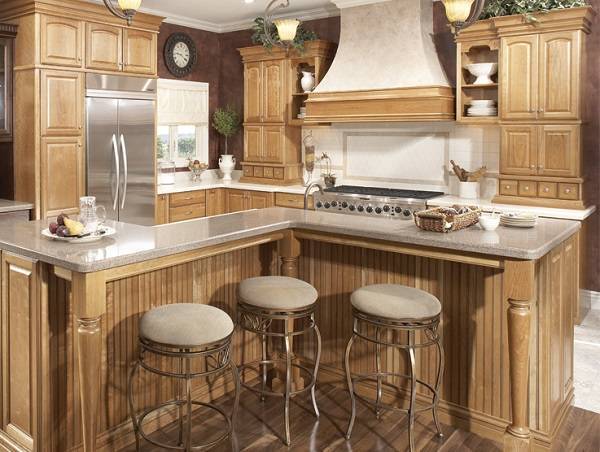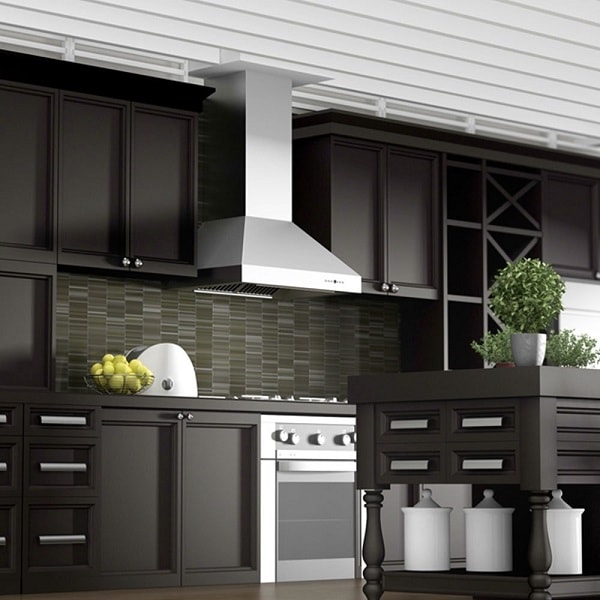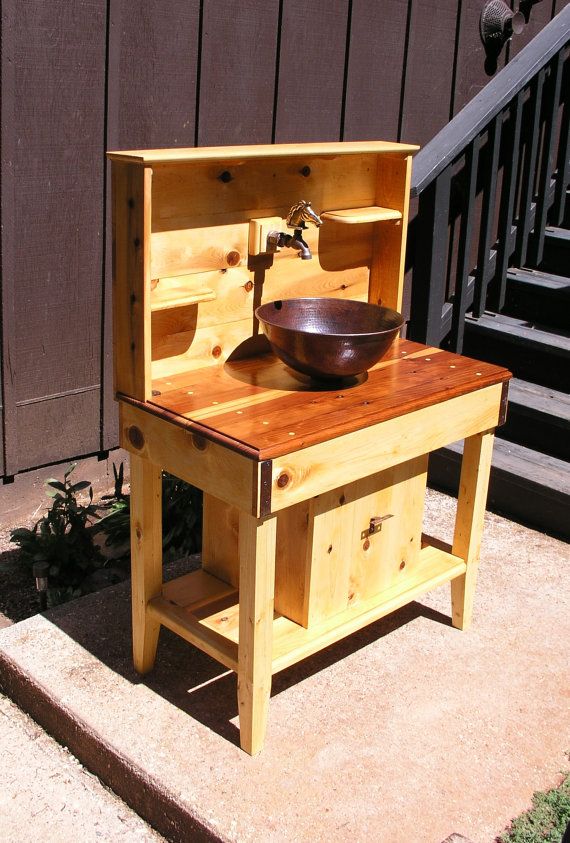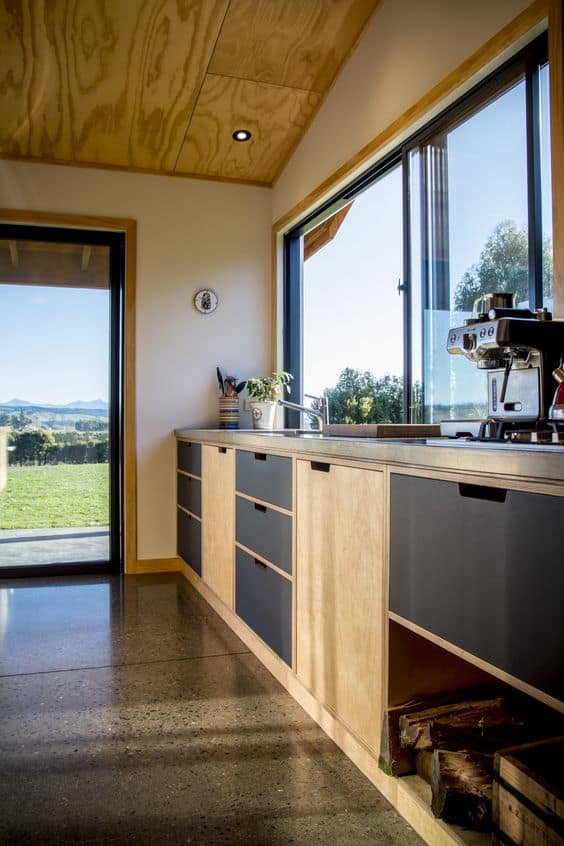You might think being an eco-warrior takes a lot of effort and sacrifice, but it’s actually incredibly straightforward to create a more environmentally-friendly kitchen and home.
Making just a few easy changes can instantly reduce the carbon footprint in your home. These sustainable choices won’t just allow you to create a greener kitchen but also save you big bucks in the long run!
Here are some of the easiest and best ways to create an eco-friendly kitchen in your home that’s better for the planet and kinder on your wallet…

Shop Smarter
One of the most effective ways to reduce your carbon footprint in the kitchen is to take a little more care when shopping. Even if you don’t have a friendly farmer’s market in your local area, looking out for fresh foods that have been locally sourced is a great way to bring down air miles as your food doesn’t need to travel far from the farm to your plate.
Reusable bags are also an excellent investment and hugely beneficial to the environment. Plastic shopping bags can take centuries to break down and pollute the environment with harmful microplastics and, although some can be recycled, very few ever make it to a recycling plant.
That said, although plastic bags are incredibly harmful to the planet when used once then disposed of, simply replacing them with cotton totes might not be as eco-friendly as you’d think. No matter what type of grocery bags you prefer, the bottom line is to use it as many times as possible to lessen your environmental impact.
Another way to shop smarter is to choose kitchen appliances that are more eco-friendly. For example, using a built-in or portable induction stovetop can be a great way to switch from gas to electric, reducing your consumption of fossil fuels.
Aim for durability
In today’s throw-away society, people often prioritize cheap and effective over long-lasting and durable. But this is incredibly harmful to our planet, not to mention continually replacing products will often cause a far more significant dent in your wallet than just buying something that’s built to last in the first place!
Yes, Teflon pans are incredibly convenient with their non-stick properties, but did you know that the very thing that stops food from sticking in Teflon pans actually releases toxic chemicals over time?
When looking for cookware, aim for heavy-duty stainless steel or cast iron (like this Dutch oven from Uno Casa: https://unocasa.com/products/enameled-cast-iron-dutch-oven). Baking supplies are best made from glass, metal, silicon, or ceramic. These materials might be a little pricier to start with, but with a little care, you’ll end up with a kitchen that can last a lifetime! Much better than replacing your pots and pans every few years!
Similarly, aim for sustainable materials when picking up other kitchen appliances like chopping boards and serving utensils. You can get some lovely kitchenware made from bamboo, and there are plenty of places to find recycled glass, ceramic, and metal items for the kitchen.
Watch your water
It’s incredibly easy to be wasteful with water, even if you don’t realize it! Pay a little more attention to your water usage in the kitchen (and the rest of your house) to reduce your environmental impact and help preserve the world’s supplies.
This could be as simple as only running the dishwasher when full or only heating up the correct amount of water in the kettle. Not using more than absolutely necessary is a great habit to get into.
For a really eco-friendly kitchen, look for energy-saving appliances. You can even get specialized taps designed to reduce water usage.
Reduce, Reuse, Recycle (in that order)
No, it’s not good enough to simply recycle everything in your household! The phrase “reduce, reuse, recycle” is in that order for a reason, not just because it sounds good! Start by looking at the products you consume (not just groceries, shopping bags, cookware, and anything else) and see where you can cut down on purchases, particularly those wrapped in plastic!
For anything you can’t go without, reuse them until they absolutely can’t be used again. For example, if you have a bundle of plastic grocery bags, keep using them! Simply throwing them away for a tote isn’t helping the planet at all; you’re far better off using things to death than buying new.
Once an object has reached the end of its intended usefulness, there are still many things you can use it for before throwing it away. Upcycling has become a massive trend in recent years and is a great way to give old items a new lease of life. At it’s simplest, using a no-longer-functional grocery bag as a bin liner before throwing it out is an excellent way to give it one last job. Old clothes can easily be repurposed into rags, dishcloths, or tea towels. As the saying goes, “the possibilities are endless!”
When you can’t use an item anymore, be sure to recycle it appropriately. This might mean visiting the local recycling plant for more specific or complex materials, so stock up before getting in the car to minimize the trips!





